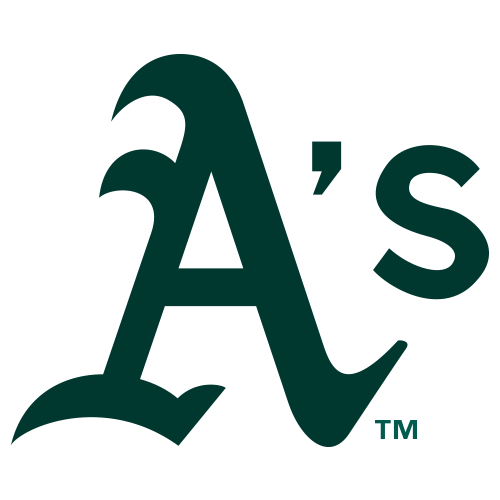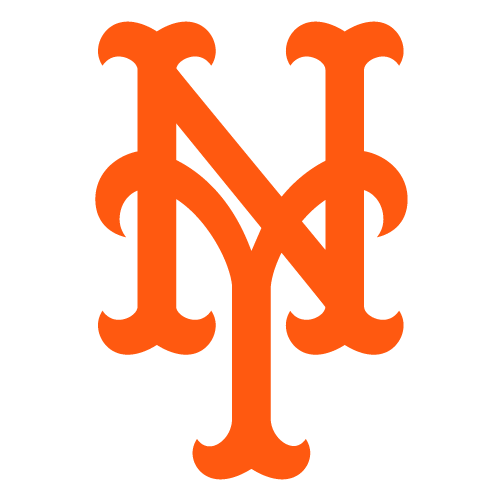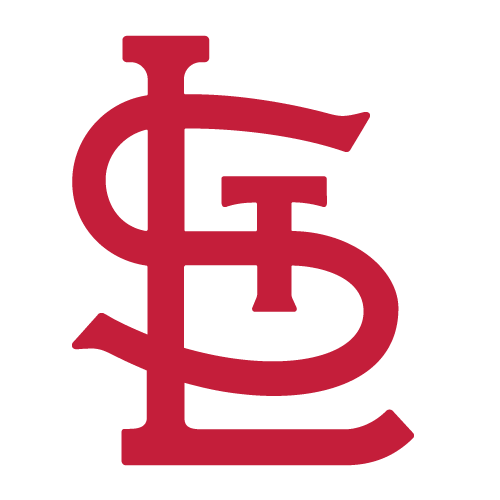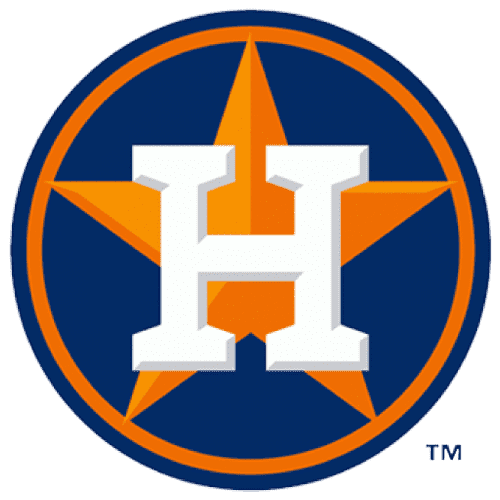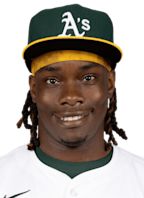Search results
Other games
Central W L PCT GB L10  Cleveland
Cleveland11 5 .688 0.0 7-3  Kansas City
Kansas City11 6 .647 0.5 8-2  Detroit
Detroit9 7 .563 2.0 4-6  Minnesota
Minnesota6 9 .400 4.5 3-7  Chi White Sox
Chi White Sox2 14 .125 9.0 1-9 East W L PCT GB L10  NY Yankees
NY Yankees12 5 .706 0.0 6-4  Baltimore
Baltimore10 6 .625 1.5 6-4  Boston
Boston9 8 .529 3.0 4-6  Tampa Bay
Tampa Bay9 8 .529 3.0 6-4  Toronto
Toronto9 8 .529 3.0 6-4 Kennedy and Moon share the pole vault gold | WCH Budapest 23
- Overview
- Origin and early development
- Modern development
athletics, a variety of competitions in running, walking, jumping, and throwing events. Although these contests are called track and field (or simply track) in the United States, they are generally designated as athletics elsewhere. This article covers the history, the organization, and the administration of the sports, the conduct of competitions, the rules and techniques of the individual events, and some of the sports’ most prominent athletes.
Track-and-field athletics are the oldest forms of organized sport, having developed out of the most basic human activities—running, walking, jumping, and throwing. Athletics have become the most truly international of sports, with nearly every country in the world engaging in some form of competition. Most nations send teams of men and women to the quadrennial Olympic Games and to the official World Championships of track and field. There also are several continental and intercontinental championship meets held, including the European, Commonwealth, African, Pan-American, and Asian.
Within the broad title of athletics come as many as two dozen distinct events. These events, generally held outdoors, make up a meet. The outdoor running events are held on a 400-metre or 440-yard oval track, and field events (jumping and throwing) are held either inside the track’s perimeter or in adjacent areas.
In many parts of the world, notably the United States, Canada, and Europe, the sport moves indoors during the winter; because of limited space, some events are modified and several are eliminated altogether.
Britannica Quiz
Turn Up the Heat
There is little in the way of definitive records of athletics’ early days as organized sport. Egyptian and Asian civilizations are known to have encouraged athletics many centuries before the Christian era. Perhaps as early as 1829 bc, Ireland was the scene of the Lugnasad festival’s Tailteann Games, involving various forms of track-and-field activity. The Olympic Games of Greece, traditionally dated from 776 bc, continued through 11 centuries before ending about ad 393. These ancient Olympics were strictly male affairs, as to both participants and spectators. Greek women were reputed to have formed their own Heraea Games, which, like the Olympics, were held every four years.
Are you a student? Get Britannica Premium for only 24.95 - a 67% discount!
Learn More
Athletics as practiced today was born and grew to maturity in England. The first mention of the sport in England was recorded in 1154, when practice fields were first established in London. The sport was banned by King Edward III in the 1300s but revived a century later by Henry VIII, reputed to be an accomplished hammer thrower.
The development of the modern sport, however, has come only since the early 19th century. Organized amateur footraces were held in England as early as 1825, but it was from 1860 that athletics enjoyed its biggest surge to that date. In 1861 the West London Rowing Club organized the first meet open to all amateurs, and in 1866 the Amateur Athletic Club (AAC) was founded and conducted the first English championships. The emphasis in all these meets was on competition for “gentlemen amateurs” who received no financial compensation. In 1880 the AAC yielded governing power to the Amateur Athletic Association (AAA).
The first meet in North America was held near Toronto in 1839, but it was the New York Athletic Club, formed in the 1860s, that placed the sport on a solid footing in the United States. The club held the world’s first indoor meet and helped promote the formation in 1879 of the National Association of Amateur Athletes of America (NAAAA) to conduct national championships. Nine years later the Amateur Athletic Union (AAU) took over as national governing body, amid reports that the NAAAA was lax in enforcing amateurism.
Athletics was well established in many countries by the late 1800s, but not until the revival of the Olympic Games in 1896 did the sport become truly international. Although begun modestly, the Olympics provided the inspiration and standardizing influence that was to spread interest in athletics worldwide. In 1912 the International Amateur Athletic Federation (IAAF) was founded, and by the time that organization celebrated its 75th anniversary in 1987 it had more than 170 national members. Its rules applied only to men’s competition until 1936, when the IAAF also became the governing body of women’s athletics.
Major international competitions before World War II included the Olympics, the British Empire Games, and the European Championships, but after the war athletics experienced its greatest period of growth, taking root especially in the developing countries. By the 1950s world-class athletes from African, Asian, and Latin American nations were enjoying great success at international meets.
- Bert Nelson
Athletics is a group of sporting events that involves competitive running, jumping, throwing, and walking. [1] . The most common types of athletics competitions are track and field, road running, cross-country running, and racewalking .
- Yes
- World Athletics
- Outdoor or indoor
- Present since inaugural 1896 Olympics
- Sprints (100m, 200m, 400m) Often the most eye-catching events at the Olympics, the sprints involve a dash to the finish over distances of 100m, 200m and 400m.
- Hurdles (110m, 400m) A format similar to the sprints over similar distances, except the runners have to jump over hurdles before they get to the finish line.
- Relays (4x100m, 4x400m) Another category in the list of most popular events are the relay races - which consist of four runners from each country running equal distances with a baton in hand.
- Middle and Long distances (800m, 1500m, 5000m, 10000m, 3000m steeplechase) The middle and long distance runners are athletes who are built similar to sprinters but have reserves of energy to unleash during the home stretch.
Headlines. See all. Antetokounmpo's Game 1 status uncertain. Eagles, DeVonta Smith agree to 3-year contract extension. Boston Marathon 2024: Lemma wins first men’s race; Obiri claims second...
Athletics has become the first sport to offer prize money to Olympic champions, with the sport's governing body announcing on Wednesday that the 48 gold medallists in Paris this year will earn ...
People also ask
What is athletics at the Olympics?
What are the 6 disciplines of Athletics?
What is an athletics meeting?
Find out more about World Athletics Series events, Diamond League, Challenges and one day meetings.
